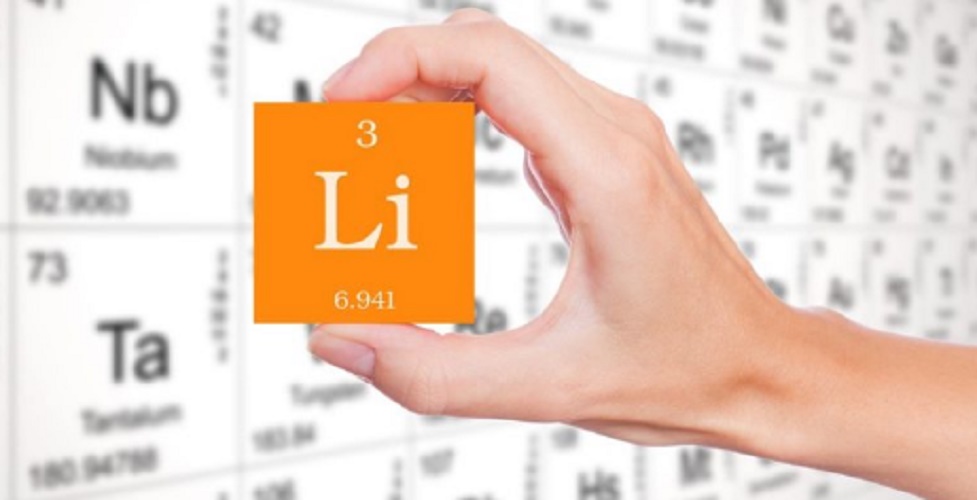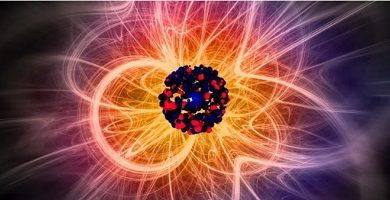What are metals?
We explain what metals are, how they are classified and what their physical properties are. Examples of metals and what are nonmetals.
-
What are metals?
In the field of chemistry , those elements of the Periodic Table that are good conductors of electricity and heat , have high densities and are generally solid at room temperature (except mercury) are known as metals or metallic . Many can also reflect the light, which gives them their characteristic brightness.
Metals are the most abundant elements of the Periodic Table and the earth’s crust: of the 118 known, only 25 are non-metallic. Some of them are usually in a state of greater or lesser purity in nature, while most are part of minerals in the earth’s subsoil, from which they must be artificially separated.
Metals have characteristic bonds: metallic bonds (those that form molecules of the same metallic element to each other) or ionic bonds (by electron lending). The salts constituted from metallic elements form electropositive ions (cations) in a solution.
It should be clarified that even the alloys of one metal with another (or with a nonmetal) continue to be metallic materials, such as steel and bronze, even if they are mixtures and not substances.
Metals have served humanity since time immemorial thanks to their ideal character to form tools, statues or structures of all kinds, due to their particular physical properties:
- Malleability . When subjected to compression, some metals can form thin sheets of homogeneous material.
- Ductility . When subjected to tensile forces, some metals can form wires or threads of homogeneous material.
- Tenacity . Ability to resist fracture, when subjected to sudden forces (blows, falls, etc.).
- Resistance mechanics . Ability to withstand traction, compression, twisting and other forces without compromising on its physical structure or deforming.
In addition, their brightness makes them ideal for forging jewelry and ornate elements , and their good conduction of electricity makes them indispensable in the transmission of electric current in modern electric power systems.
-
Types of metals

The metallic elements can be of various types, according to which they are grouped in the Periodic Table. Each group has shared properties:
- Alkali metals . Bright, soft, very reactive to normal conditions of pressure and temperature, so they are never pure in nature. They have low densities and are good conductors of heat and electricity. In the Periodic Table they occupy group I (1), except hydrogen.
- Alkaline earth metals . Located in group II (2) of the Periodic Table, its name comes from the alkaline properties of its oxides (formerly called “lands”). They are usually harder and less reactive than alkaline, they are bright and good conductors of heat and electricity. They have low density and color.
- Transition metals . Most metals belong to that category. They occupy the central region of the periodic table and almost all are hard, with high melting and boiling points , and good heat and electricity conduction.
- Lanthanides . Also called lanthanoids, they are the so-called “rare earths” of the periodic table, which with actinides form the “elements of internal transition.” They are very similar elements to each other, and despite their name, they are very abundant on the earth’s surface. They have very characteristic magnetic and spectral behaviors.
- Actinides . Together with the Rare Lands they form the “elements of internal transition”, and are very similar to each other. They have high atomic numbers and many of them are radioactive in all their isotopes, thus being extremely scarce in nature .
- Transactinide . Also called “super heavy elements”, are those that outnumber the heaviest of actinides, lawrencio (103). All isotopes of these elements have a very short half-life, are all radioactive and have been obtained by synthesis in a laboratory, so they have the names of the physicists responsible for their creation.
-
Examples

- Alkalines : lithium (Li), sodium (Na), potassium (K), rubidium (Rb), cesium (Cs), francium (Fr).
- Alkaline earth : beryllium (Be), magnesium (Mg), calcium (Ca), strontium (Sr), barium (Ba) and radius (Ra).
- Transition metals : scandium (Sc), titanium (Ti), nickel (Ni), copper (Cu), osmium (Os), platinum (Pt), cadmium (Cd), silver (Ag), mercury (Hg), and A long etcetera.
- Rare earths : lanthanum (La), cerium (Ce), praseodymium (Pr), neodymium (Nd), promise (Pm), samarium (Sm), europium (Eu), gadolinium (Gd), terbium (Tb), Iterbium ( Yb), etc.
- Actinides : actinium (Ac), uranium (U), plutonium (Pu), americium (Am), nobelium (No), lawrencio (Lr), etc.
- Transactinides : rutherfordium (Rf), bohrio (Bh), hassium (Hs), moscow (Mc), oganeson (Og), etc.
-
What are the nonmetals?

The essential elements for organic life are non-metallic ones, mostly belonging to halogens (7 electrons in their last valence layer), noble gases (8 electrons in their last valence layer, except helium), as well as to Other diverse groups. They differ from metallic ones by not being good conductors of heat and temperature , not being bright and forming covalent bonds.




